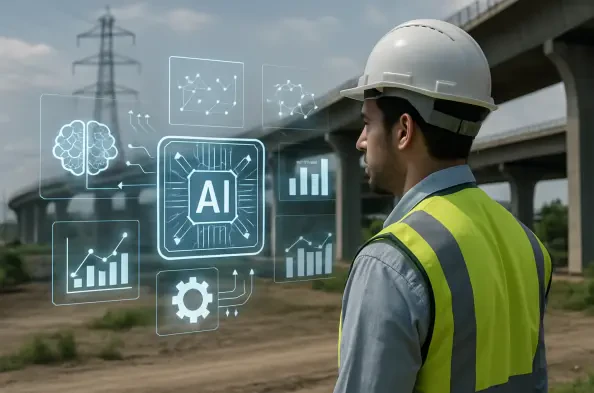In the rapidly evolving technological landscape, the adoption of generative AI has become a transformative force, reshaping infrastructure engineering in unprecedented ways. Companies are leveraging this technology to enhance the speed and efficiency of Infrastructure as Code (IaC) processes, once confined to the expertise of seasoned developers. As AI evolves from a developer’s assistive tool to a core enterprise strategy, the implications for data centers and cloud services are both profound and multifaceted.
Features and Performance of Generative AI
Generative AI’s role in infrastructure engineering is defined by several key features. AI-driven automation is at the forefront, offering significant enhancements in managing resources, configuring services, and reducing the time traditionally spent on repetitive tasks. By streamlining these processes, AI enables organizations to focus on strategic initiatives, thereby accelerating business growth.
Another notable feature is intelligent configuration management. By employing advanced algorithms, AI can maintain consistency across infrastructure setups, ensuring adherence to organizational policies. This capability is crucial in minimizing human error, enhancing security, and ensuring systems are resilient and responsive. The technology’s adaptability in rapidly changing environments allows infrastructures to evolve seamlessly.
Innovations Shaping Generative AI
Recent advancements in generative AI present innovative approaches to infrastructure management. The integration of AI with observability systems enables real-time monitoring and automated responses to emerging issues. This development marks a shift toward autonomous self-healing systems, where AI not only generates necessary configurations but also enacts fixes based on live telemetry data.
These innovations are indicative of a broader trend where generative AI’s capabilities are expanding beyond code generation, now serving as a decision-support instrument harnessing data-driven insights to optimize infrastructure performance. This adaptive capacity positions generative AI as an indispensable tool for modern infrastructure management.
Real-World Implementations
The real-world applications of generative AI in infrastructure span various industries, offering unique benefits tailored to specific sector needs. In telecommunications, AI optimizes network configurations, delivering enhanced connectivity and reliability. Financial services companies adopt AI to manage infrastructure dynamically, supporting high-speed transactions and robust data security measures.
Remarkable implementations include AI-equipped data centers, where intelligent systems autonomously manage workloads, ensuring optimal resource allocation and energy efficiency. These examples highlight the diverse potential of generative AI to revolutionize infrastructure operations across industries.
Challenges and Considerations
Despite its advantages, the integration of generative AI in infrastructure engineering is not without challenges. Errors stemming from AI-generated configurations can lead to significant security vulnerabilities, as the technology occasionally lacks human-like contextual understanding. These misconfigurations have, in some instances, resulted in unintended exposure of sensitive APIs.
Addressing these issues requires comprehensive governance frameworks and rigorous validation processes. Implementing mechanisms such as peer-reviewed version control and robust compliance checks can mitigate risks, ensuring AI-generated infrastructures are secure and reliable.
Future Trajectories
Looking forward, the future of generative AI in infrastructure is promising, with potential breakthroughs enhancing its autonomy and decision-making capabilities. As organizations continue to harness AI’s capabilities, there is an expectation of more widespread integration and a shift toward not just supporting, but driving, innovative infrastructure solutions.
As AI’s capabilities expand and mature, its role could evolve to encompass strategic decision-making, mirroring an organization’s adaptability to emerging trends and technologies. This trajectory promises a transformative impact on both industry and society, offering scalable solutions to future infrastructure challenges.
Verdict on Generative AI in Infrastructure
Generative AI’s current role in infrastructure engineering represents a significant leap forward in technology adoption, marked by impressive advancements and tangible improvements across industries. While challenges remain, the potential for further development and integration is substantial, offering promising prospects for future infrastructure innovation and efficiency. The journey toward fully autonomous infrastructure systems has already begun, setting the stage for a new era of technological advancement poised to reshape industries worldwide.






